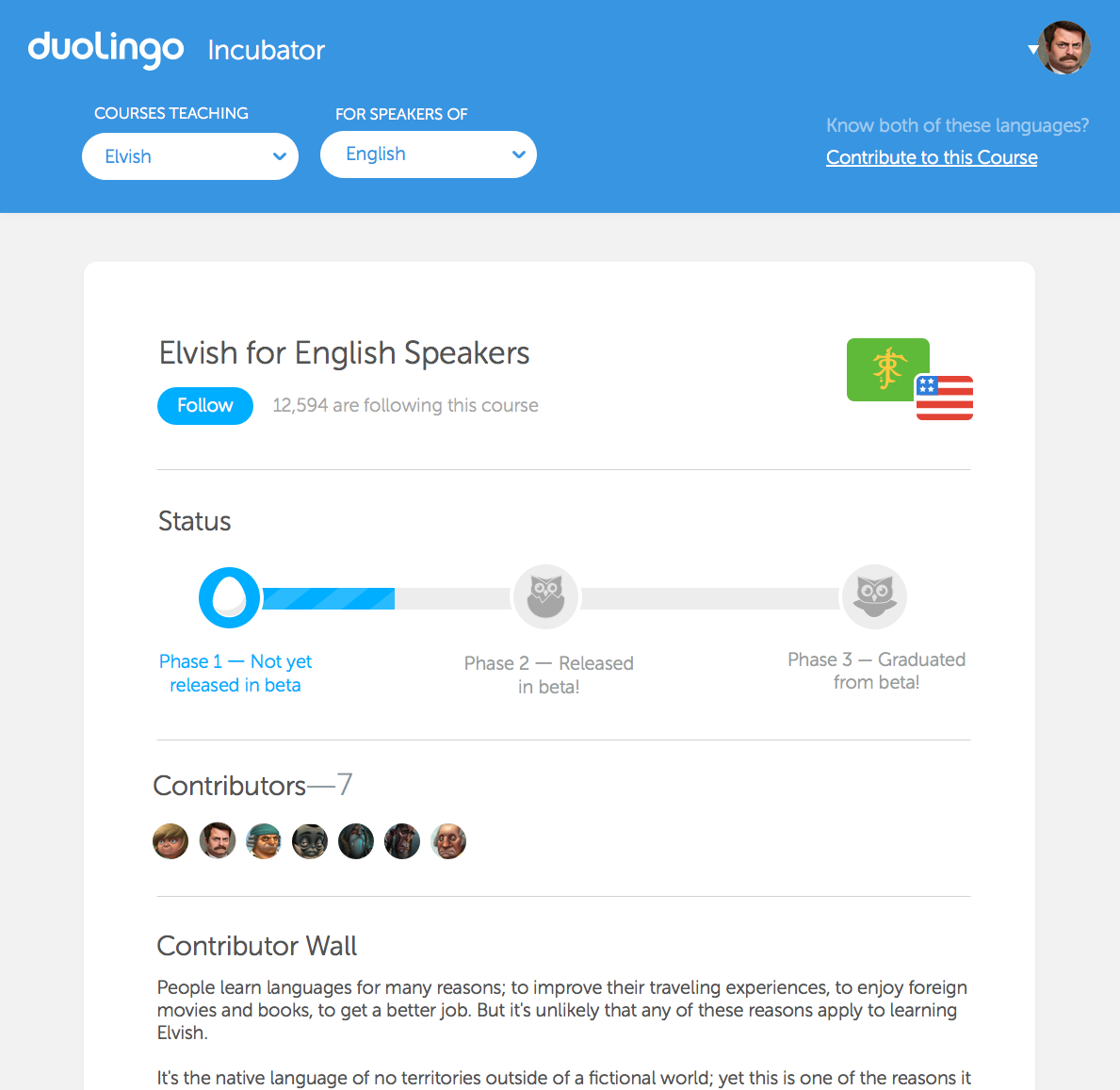

“What we need to do to teach an English person to understand French is different from what a German native speaker needs to understand - all these courses are created individually for the language combinations, and this is the kind of linguist nerd level of stuff.If learning a new language on the go is something you’re interested in, Duolingo’s platform is one of the more popular options available today. “We have 250 linguists we don’t just translate courses,” Hillemeyer said. He described Duolingo as “just a funny game that is maybe not as bad as Candy Crush.” Christian Hillemeyer, who heads PR for the startup, pointed out that Duolingo only tested for reading and writing efficacy - not for speaking proficiency, even though that is a key part of language learning. university semesters in half the time.īabbel, which has sold over 10 million subscriptions to its language-learning service, cast doubt on the power of these findings. One of its most positive reports, from September 2020, showed that its Spanish and French courses teach the equivalent of four U.S. Busuu has more than 120 million users worldwide.ĭuolingo has been the subject of a number of efficacy studies over the years. “And that’s where we come in: Our belief is that you should not be learning a language just by yourself, but together, which is our vision,” he said. He thinks that Duolingo has limitations that would barr users from getting fully fluent.

Busuu and Babbel, two subscription-based competitors in the market, both focus on users talking in real time to native speakers.īernhard Niesner, the co-founder and CEO of Busuu, which was founded in 2008, sees Duolingo as an entry-level tool that can help users migrate to its human-interactive service. Image Credits: Duolingo “Just a funny game that is maybe not as bad as Candy Crush.”ĭuolingo’s competitors see the app’s massive gamification and solitary experience as inherently contradictory with high-quality language education. In this final part, we will explore how Duolingo is using a variety of strategies, from rewriting its courses to what it dubs Operation Birdbrain, to become a more effective learning tool, all while balancing the need to keep the growth and monetization engines stoked while en route to an IPO.ĭuolingo’s office decor. With growth and monetization secured, Duolingo is no longer in survival mode.

With an enviable lead in its category, Duolingo wants to bring the quality and effectiveness of its curriculum on par with the quality of its product and branding. “I said this when we started Duolingo and I still really strongly believe it: The hardest thing about learning a language is staying motivated,” von Ahn said, comparing it to how people approach exercise: it’s hard to stay motivated, but a little motion a day goes a long way. That’s been the key focus for the company since the beginning. “What Duolingo does is to potentially entice students to do things you cannot pay them enough time to actually do, which is to spend time in that textbook and reinforce vocabulary and the grammar,” he said.
#Duolingo incubator japanese crack#
While Dubreil doesn’t think Duolingo can teach someone to speak a language, he does think it has taught consistency - a hard nut to crack in edtech. Luis von Ahn, the co-founder of Duolingo, visiting President Obama in 2015. But that’s also not true with learning a language in a university, that’s not true with buying books, that’s not true with any other app.” “I won’t say that with Duolingo, you can start from zero and make your English as good as mine,” he said. But for now, he is honest about the limits of the platform today. “It is something that allows people to make meaning and talk to each other and conduct the business of living - and when you do this, you use a tone of different kinds of resources that are not packaged in the vocabulary and grammar.”ĭuolingo CEO and co-founder Luis von Ahn estimates that Duolingo’s upcoming product developments will get users from zero to a knowledge job in a different language within the next two to three years. “Language is first and foremost a social, relational phenomenon,” said Sébastien Dubreil, a teaching professor at Carnegie Mellon University. It has a popular and meme-ified mascot in the form of the owl Duo, a creative and engaging product, and ambitious plans for expansion.There’s just one key question in the midst of all those milestones: Does anyone actually learn a language using Duolingo? It has pulled in 500 million total registered learners, 40 million active users, 1.5 million premium subscribers and $190 million in booked revenues in 2020.


 0 kommentar(er)
0 kommentar(er)
